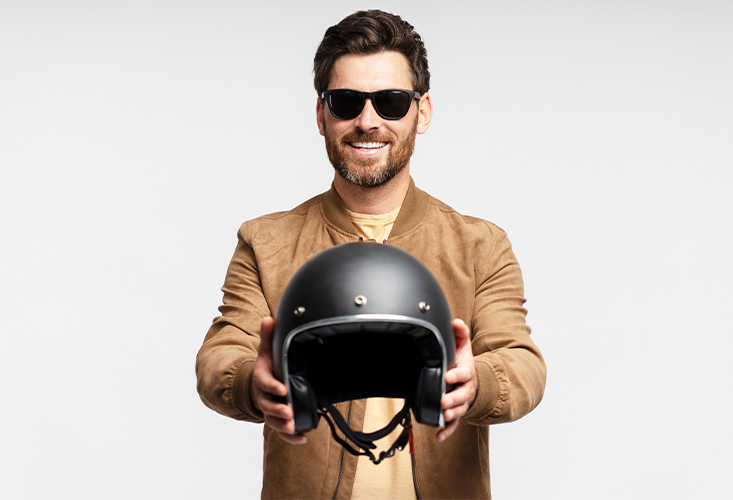Hair transplantation is not just a one-day procedure; it continues through the aftercare process. No matter how successful the operation is, the final results depend heavily on the patient's post-operative care. For this reason, it is necessary to temporarily modify certain habits during the recovery period after hair transplantation. Riding a motorcycle is one of these habits. After a hair transplantation, the scalp becomes very sensitive. The first few days are especially critical for the newly transplanted grafts to establish themselves properly. Any contact, pressure, or shaking of the head during this period can hinder graft attachment and negatively affect the healing process. Riding a motorcycle introduces exactly these risks. Wearing a helmet is mandatory when riding, but after hair transplantation, it can put pressure on the transplanted area. Contact between the helmet and the scalp may dislodge grafts or cause skin irritation. Additionally, riding outdoors exposes the scalp to external factors such as wind, dust, sunlight, and air pollution, all of which can adversely affect the healing process. The first 7–10 days after hair transplantation are critical for the grafts to properly adapt to the scalp. During this period, the roots are still very sensitive, so pressure from a helmet, exposure to wind, or sudden jolts can cause serious damage. For this reason, riding a motorcycle during this time is strongly discouraged. Recovery must reach a certain stage before it is safe to start riding again. In general, motorcycle use is not recommended until at least 3–4 weeks after a hair transplant. However, this period may vary from person to person. Some patients recover faster, while others may require more time. For this reason, the most accurate guidance should come from the doctor who performed the hair transplant, based on a follow-up examination. Helmet pressure is not the only concern when riding a motorcycle. Prolonged driving can cause fatigue, stress, and distraction. After the operation, the body needs rest and time to recover. Therefore, it is important to consider not only the transplanted hair follicles but also your overall health. Focusing on recovery instead of taking unnecessary risks will lead to better long-term results. Motorcycle use after hair transplantation is an issue that requires patience. Even if you want to return to daily life quickly, a few weeks of careful care will help ensure long-lasting and healthy hair for years to come. Avoiding motorcycles or similar open vehicles without your doctor's approval is one of the most critical steps in the healing process. Remember: Hair transplantation is an investment, and this investment pays off with patience. Give yourself time and take good care of your hair.Why is Motorcycle Use Risky?
Why Are the First 10 Days So Important?
When Can I Return to Motorcycle Use?
Not Only Grafts, but General Health Is Also Important
Conclusion: Take Your Time, Give Your Hair Time
Motorcycle Use After Hair Transplantation



 Deutsch
Deutsch
 English
English
 français
français
 italiano
italiano
 Türkçe
Türkçe
 русский
русский
 한국어
한국어

